Complete the following :
(a) 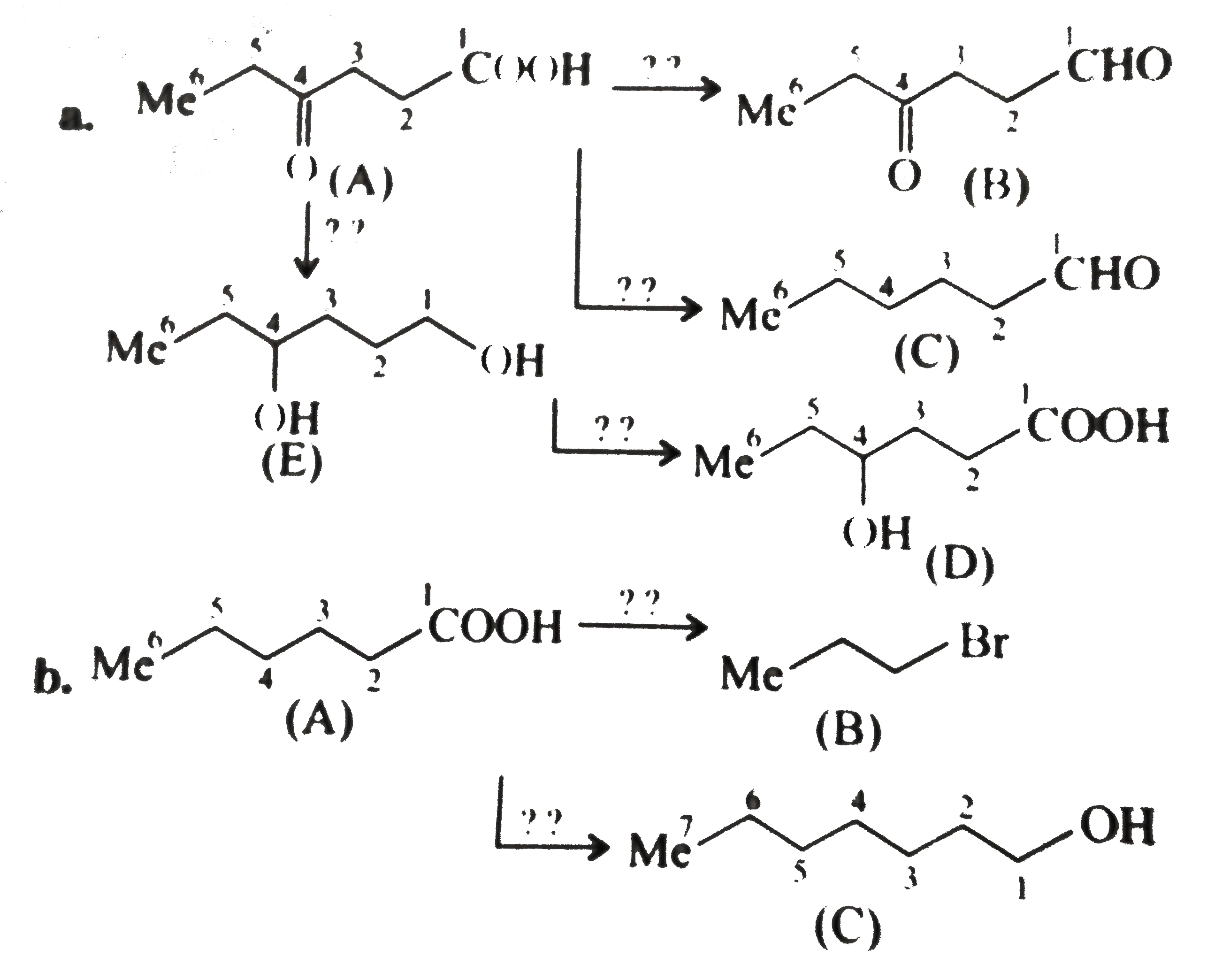
(b) 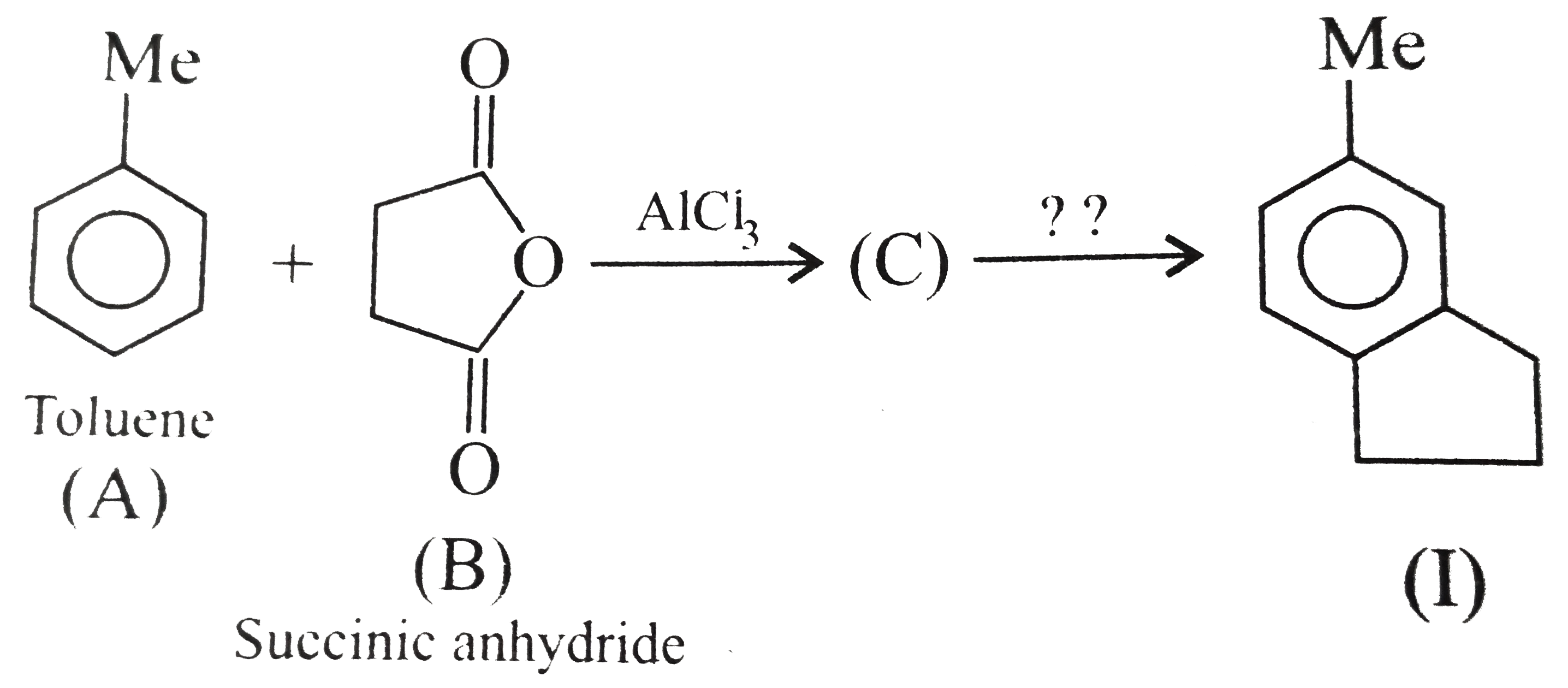
( c) 
(d) 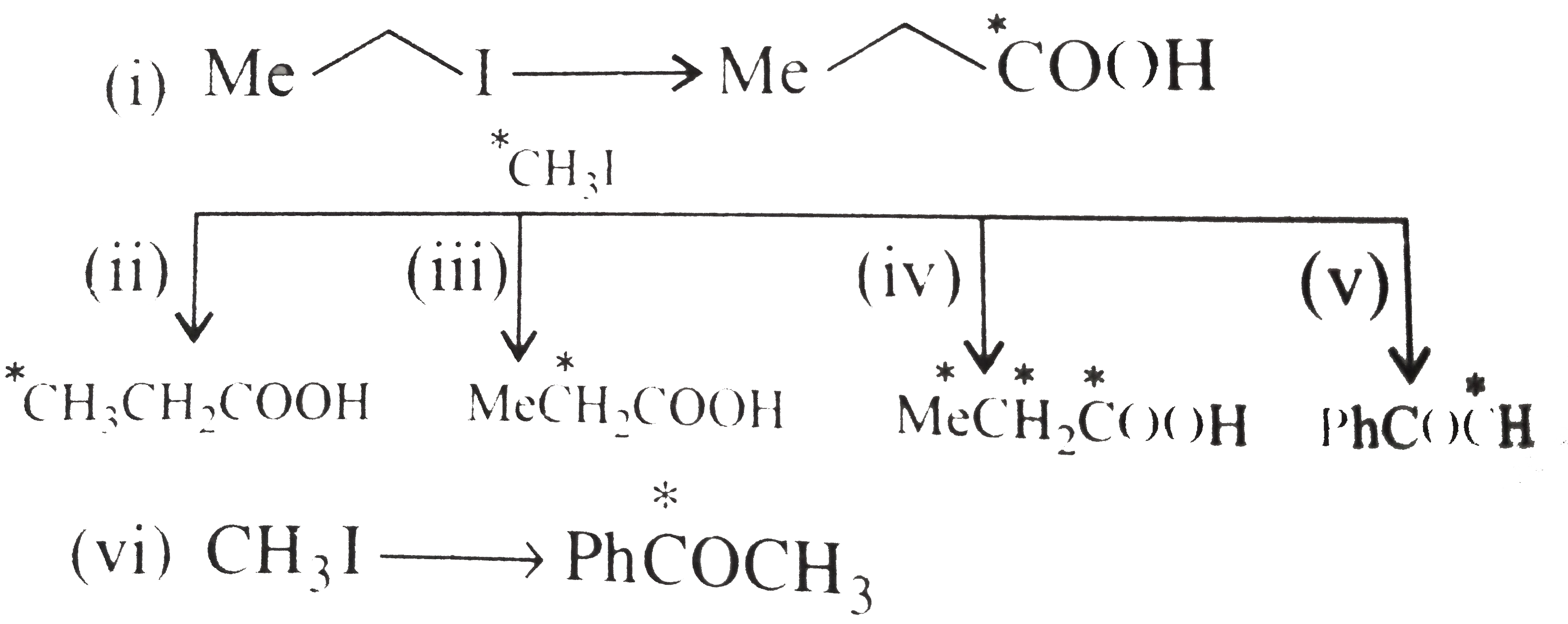
( e) 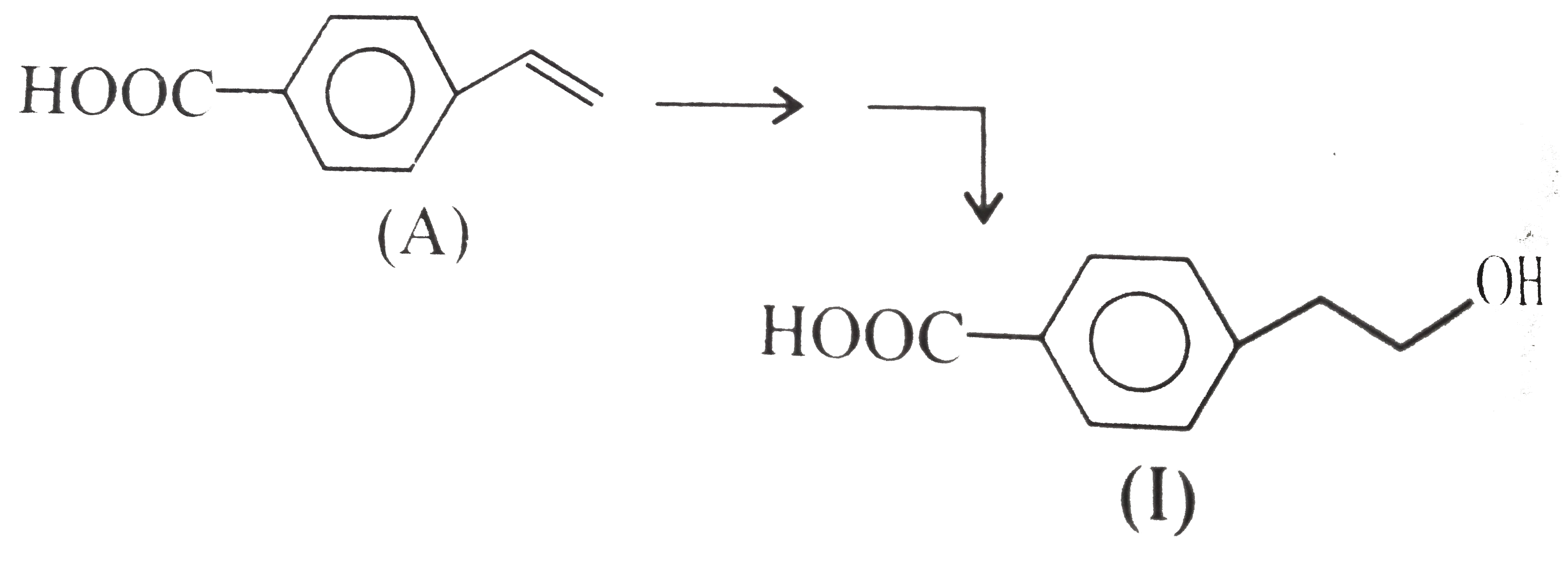
(a) , (i) , (ii) group does not change)
, (i) (Clemmensen red) or Wolff
(ii)
(ii)
(i) does not change.
, (i) and also
(b) Step-down method from in to in ,
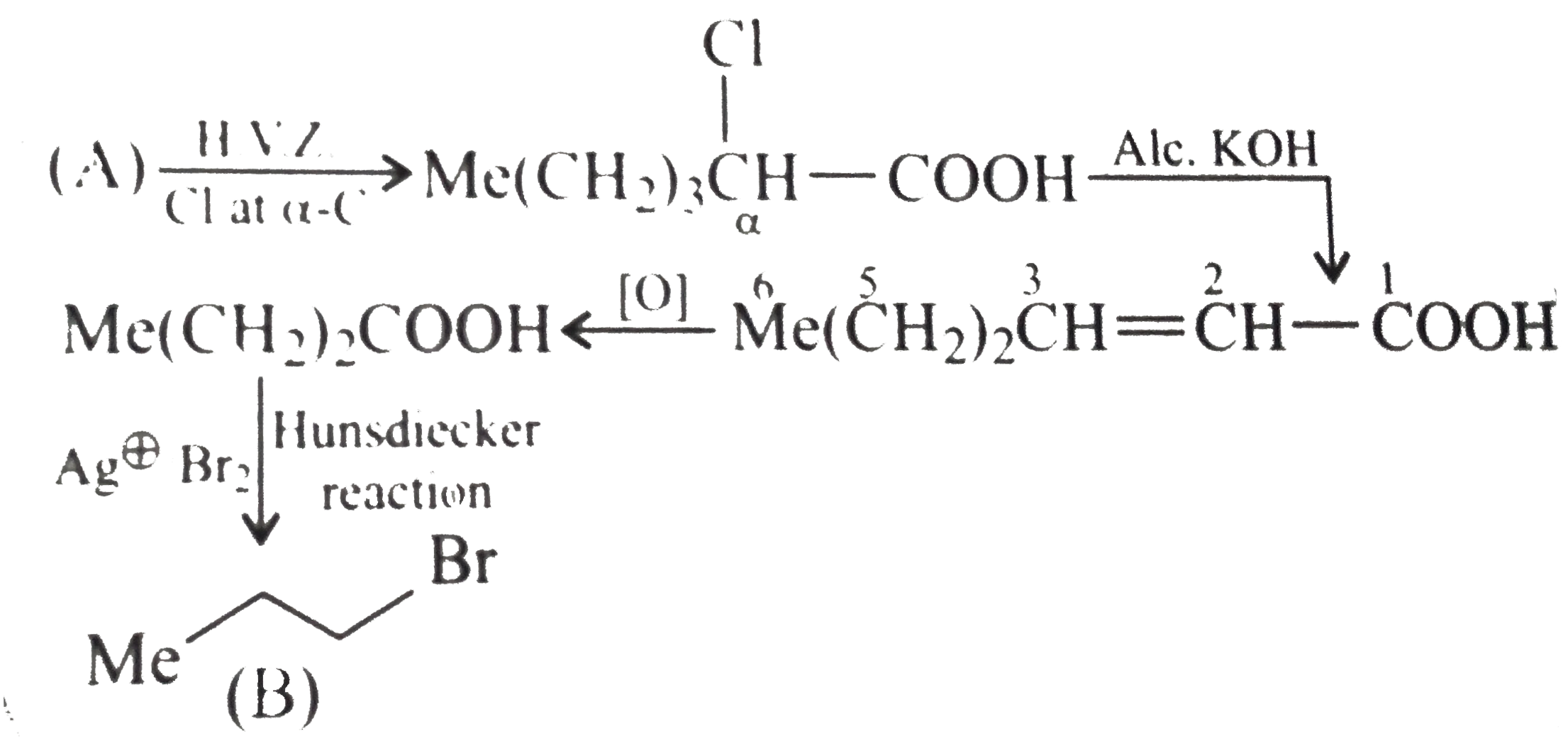
, Step-up method from in to in .
(i)
(ii)
(iii) Carbonation
(iv) .
(c) Formation of is by Friedel-Crafts acylation.
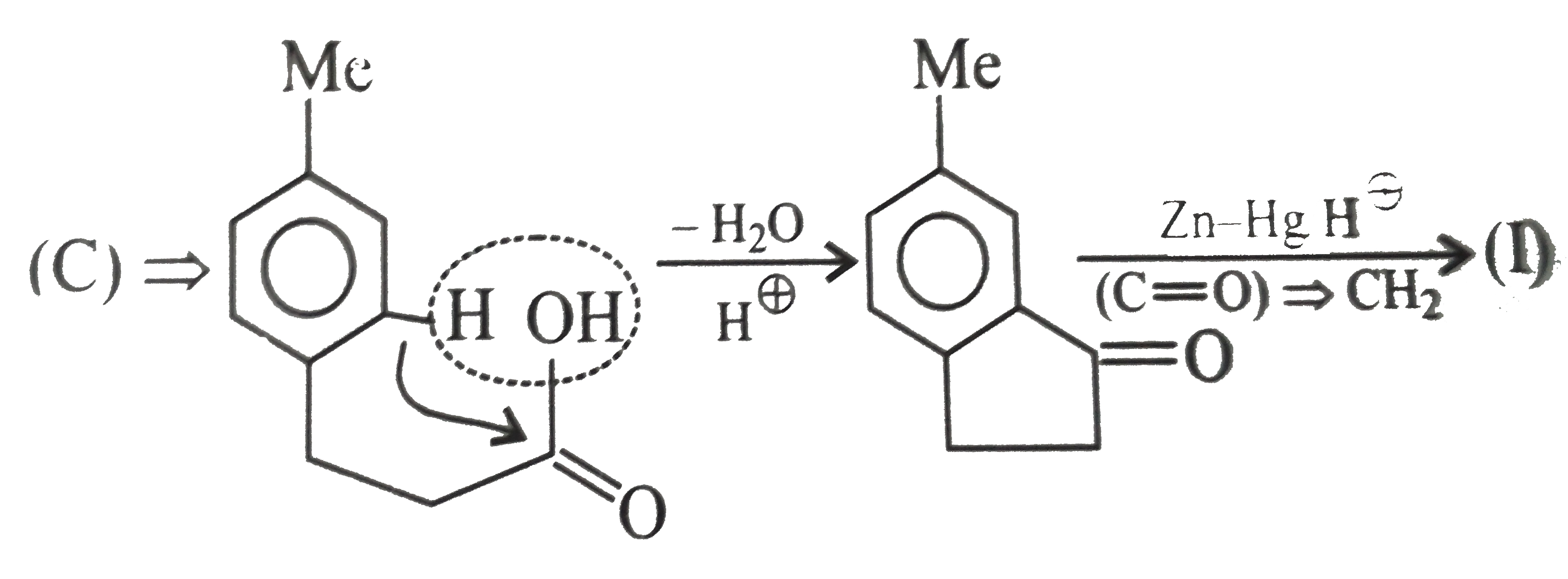
(d) 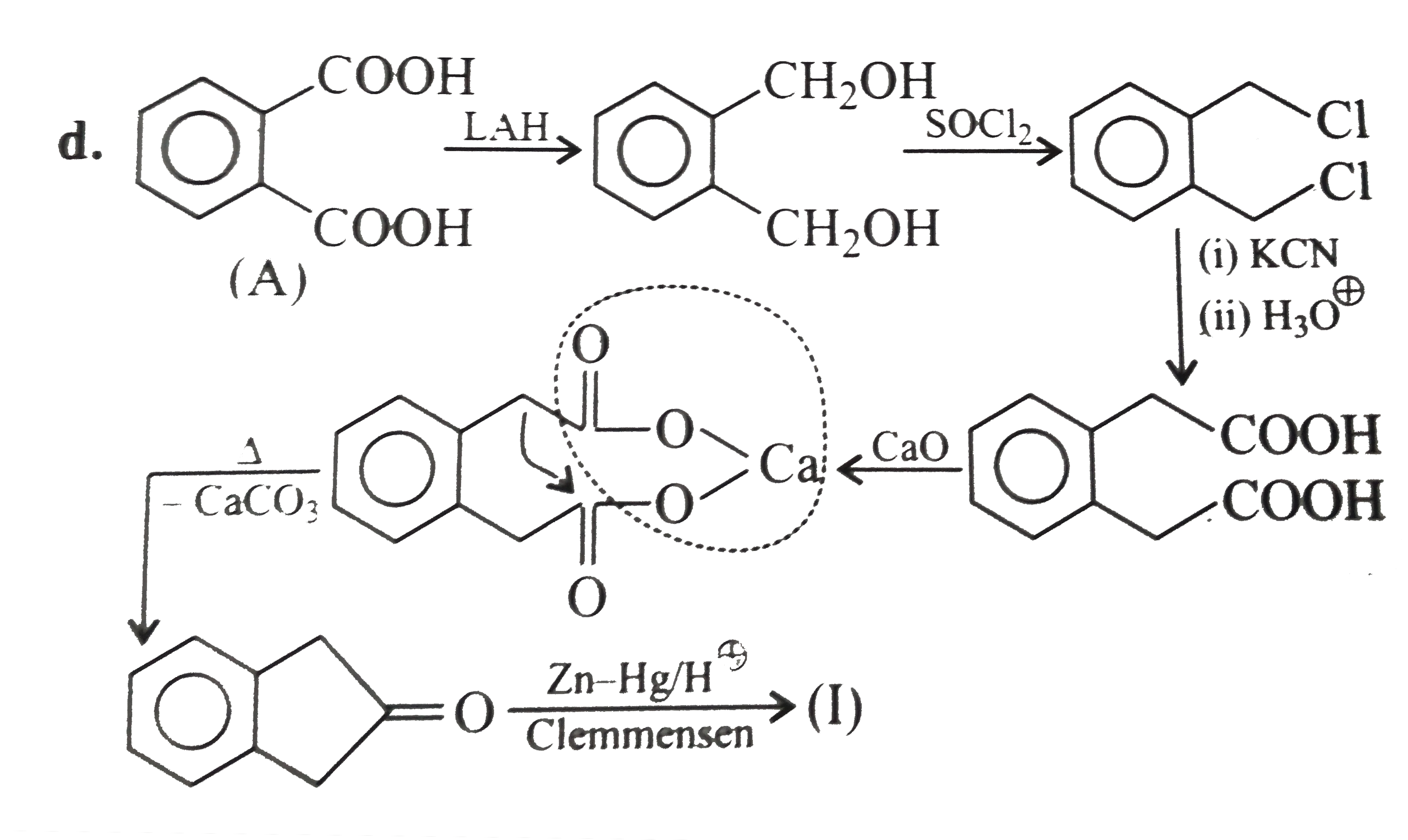
( e) (i) 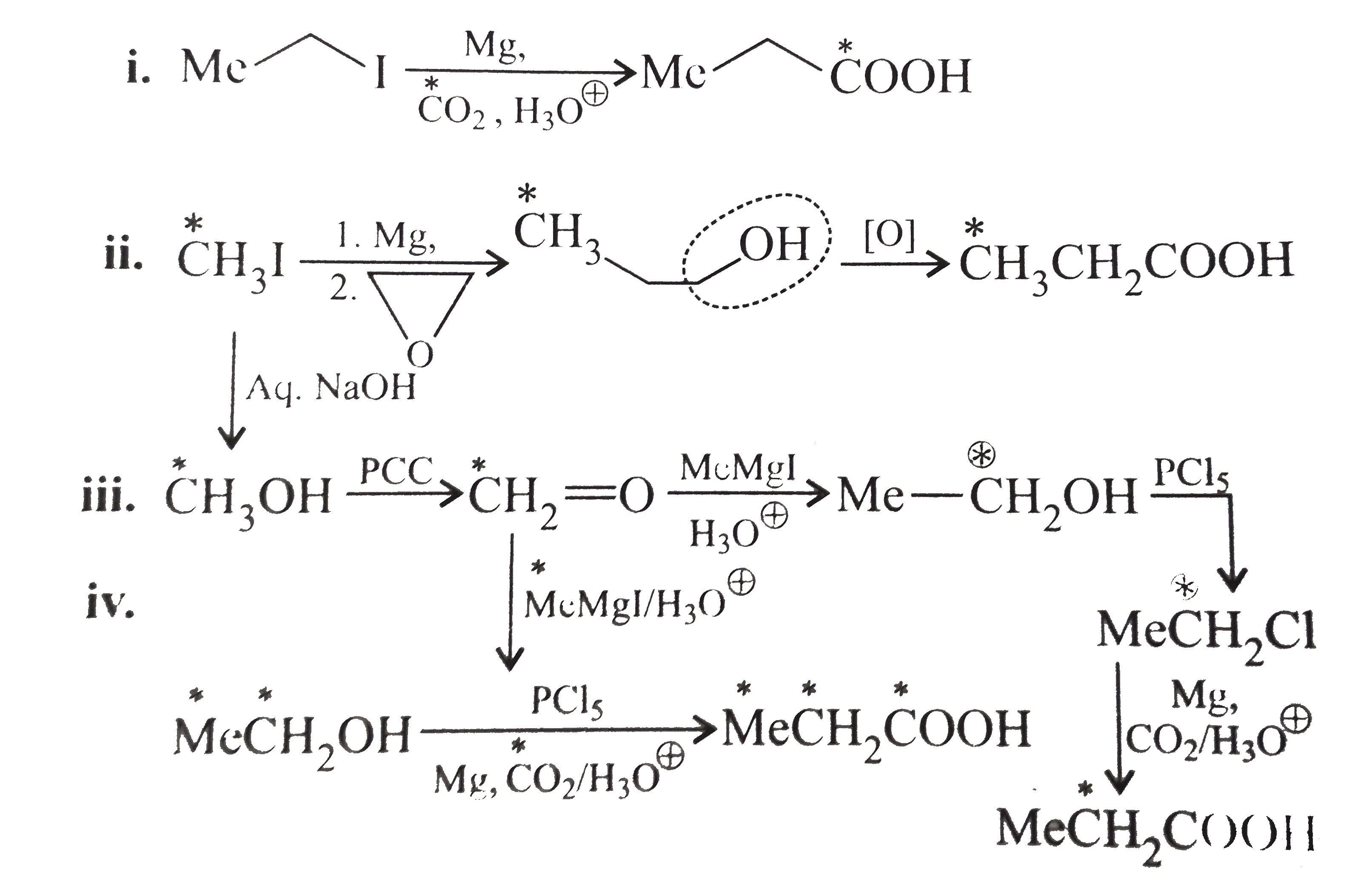
(ii) 
(iii) 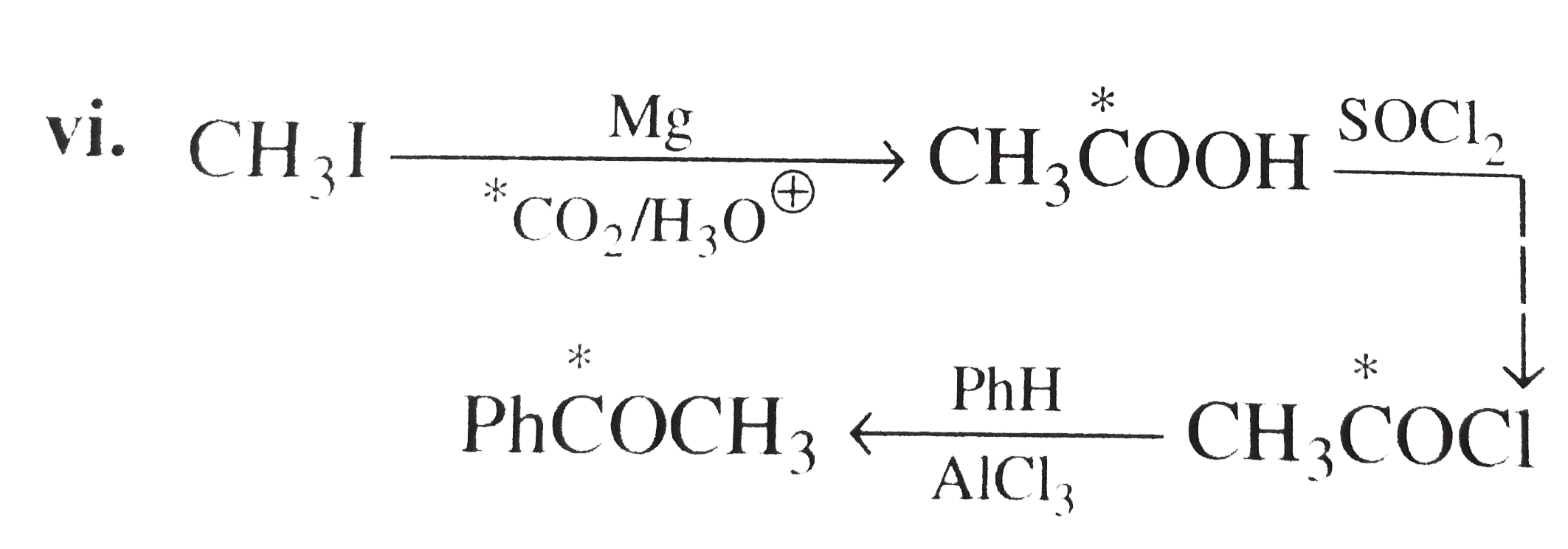
(iv) 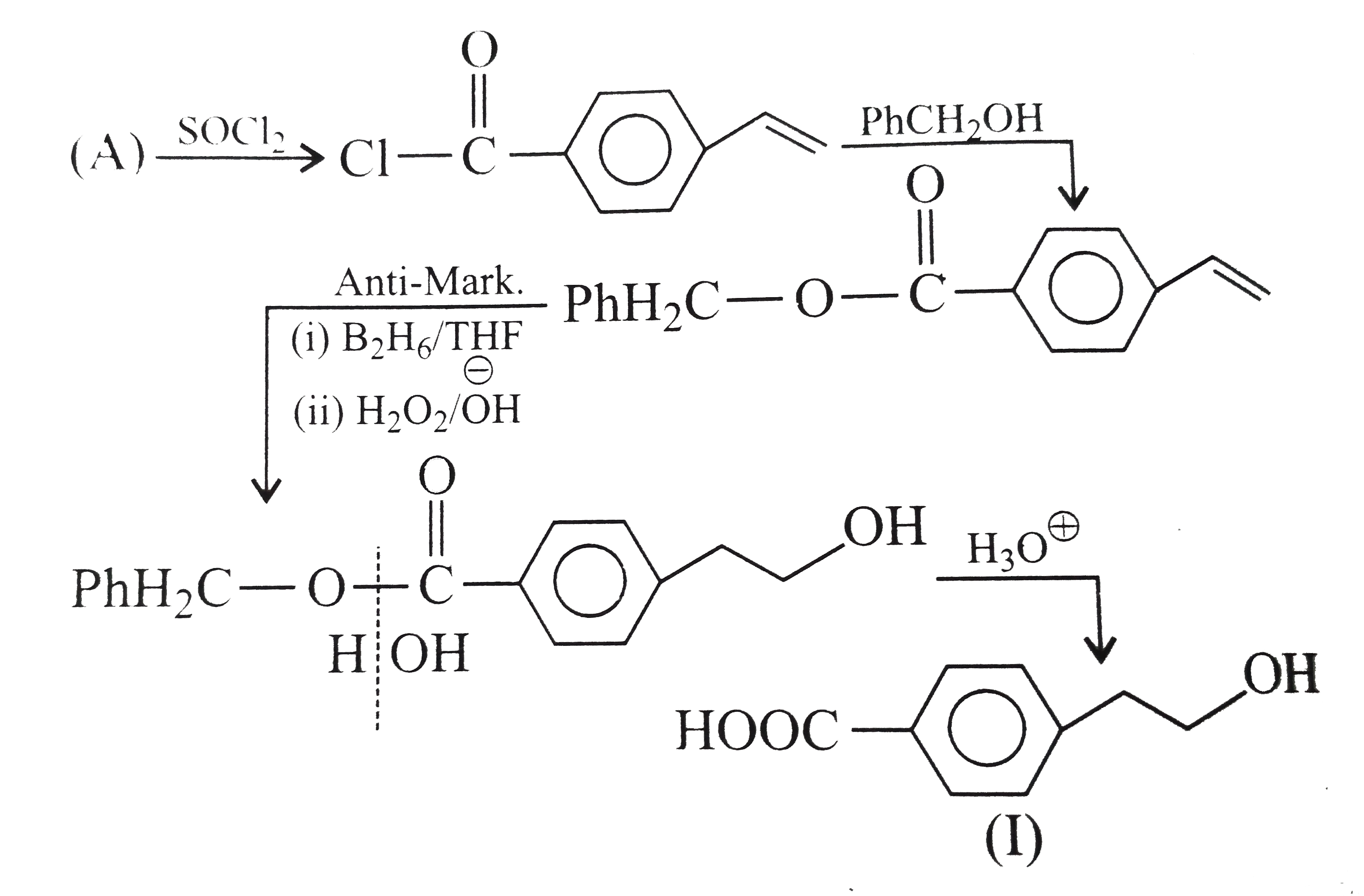
(f) The double bond is converted to alcoho by anti-Markovnikov addition with , but is also reacts with group. so first prortects group by benzylation method.
Topper's Solved these Questions
- CARBOXYLIC ACIDS AND THEIR DERIVATIVESBook:CENGAGE CHEMISTRYChapter:CARBOXYLIC ACIDS AND THEIR DERIVATIVESExercise:Exercises (Linked Comprehension)
Explore 34 Videos
- CARBOXYLIC ACIDS AND THEIR DERIVATIVESBook:CENGAGE CHEMISTRYChapter:CARBOXYLIC ACIDS AND THEIR DERIVATIVESExercise:Exercises (Multiple Correct)
Explore 35 Videos
- CARBOXYLIC ACIDS AND THEIR DERIVATIVESBook:CENGAGE CHEMISTRYChapter:CARBOXYLIC ACIDS AND THEIR DERIVATIVESExercise:Solved Examples
Explore 17 Videos
- BIOMOLECULES, POLYMERS AND CHEMISTRY IN EVERYDAY LIFEBook:CENGAGE CHEMISTRYChapter:BIOMOLECULES, POLYMERS AND CHEMISTRY IN EVERYDAY LIFEExercise:QUESTION BANK
Explore 8 Videos
- CHEMICAL KINETICSBook:CENGAGE CHEMISTRYChapter:CHEMICAL KINETICSExercise:Archives Subjective
Explore 23 Videos
Similar Questions
Complete the following reaction :
(a)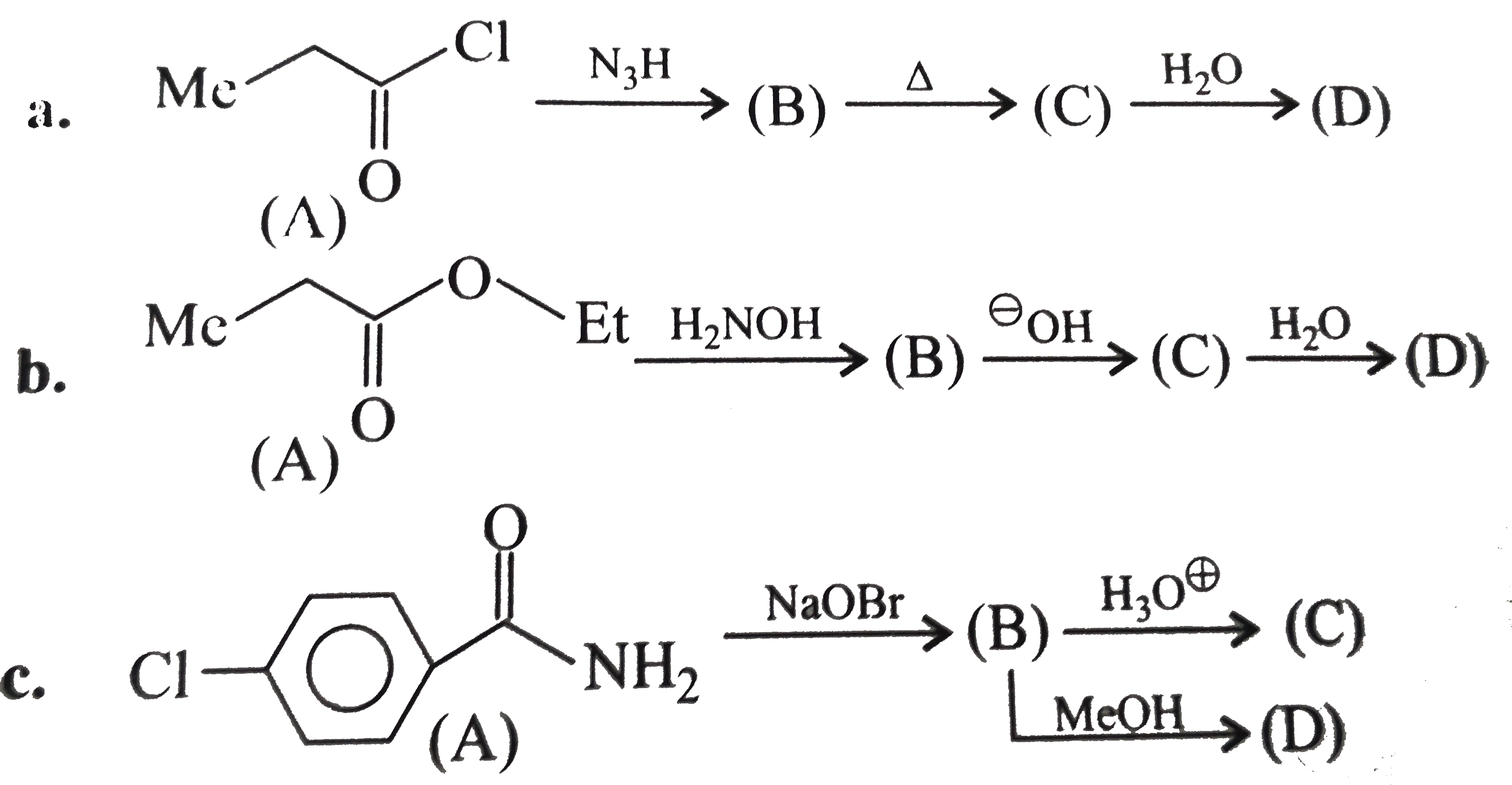
(b)
( c)
(d)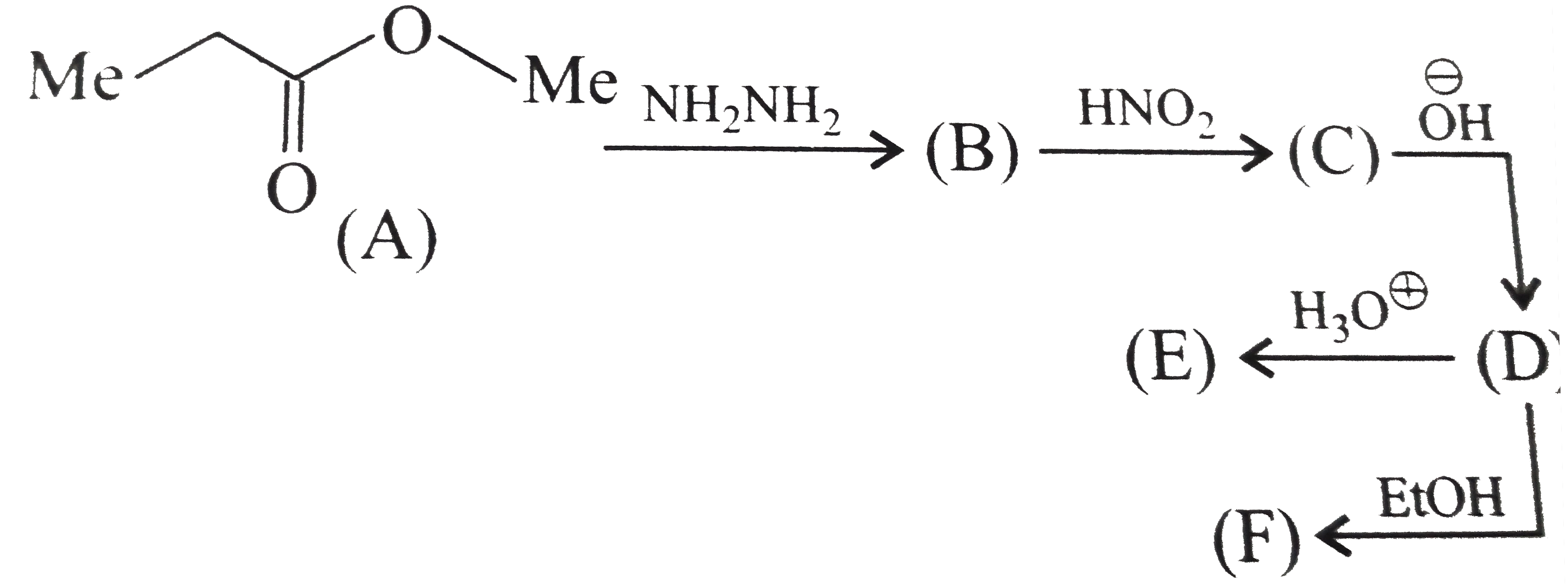
( e)
(f) PhCHON3H/H⊕−−−−−→Δ(B)H3O⊕−−−→(C)+(D)
(g)
View SolutionComplete the following reactions :
(a)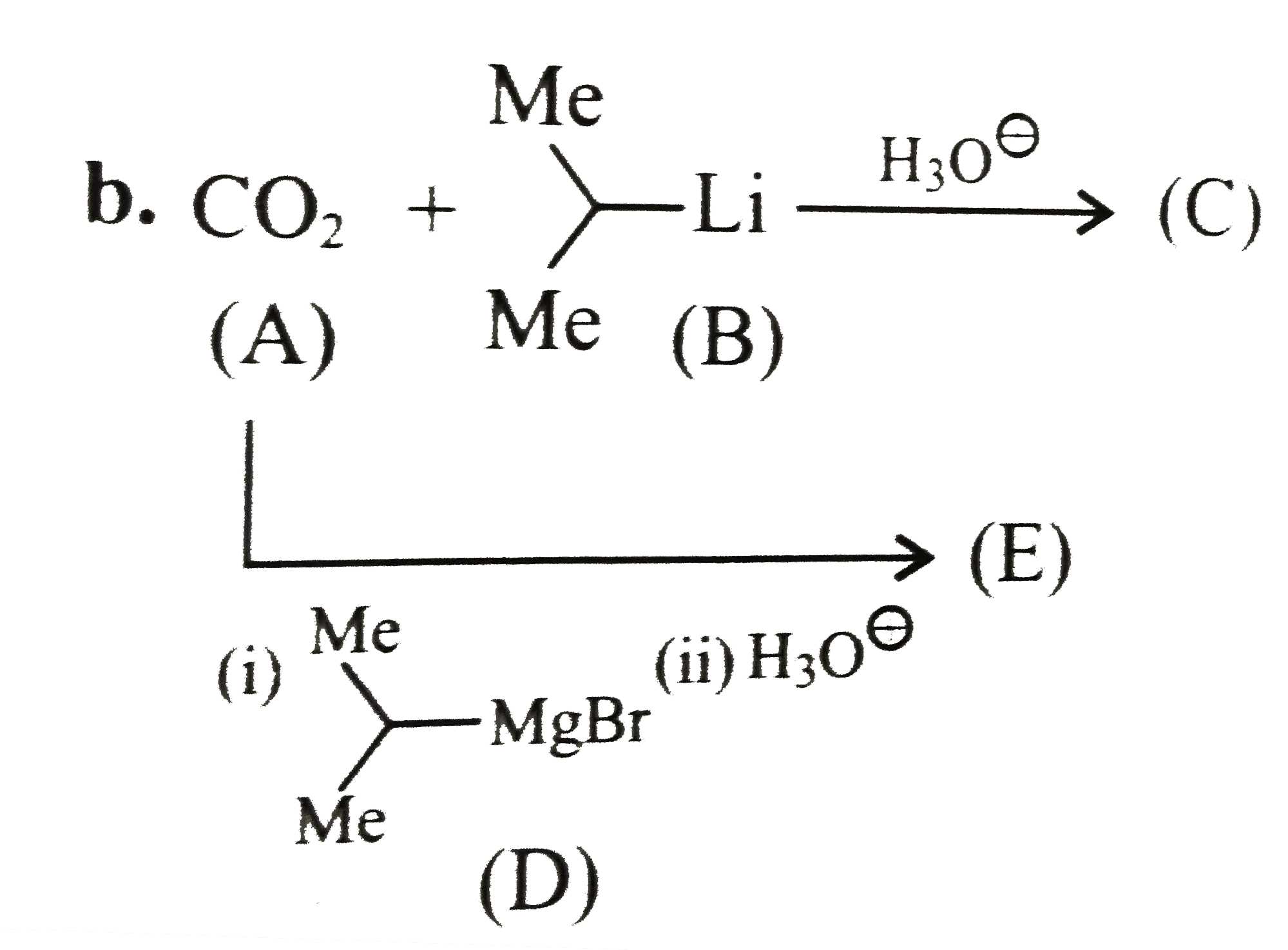
(b)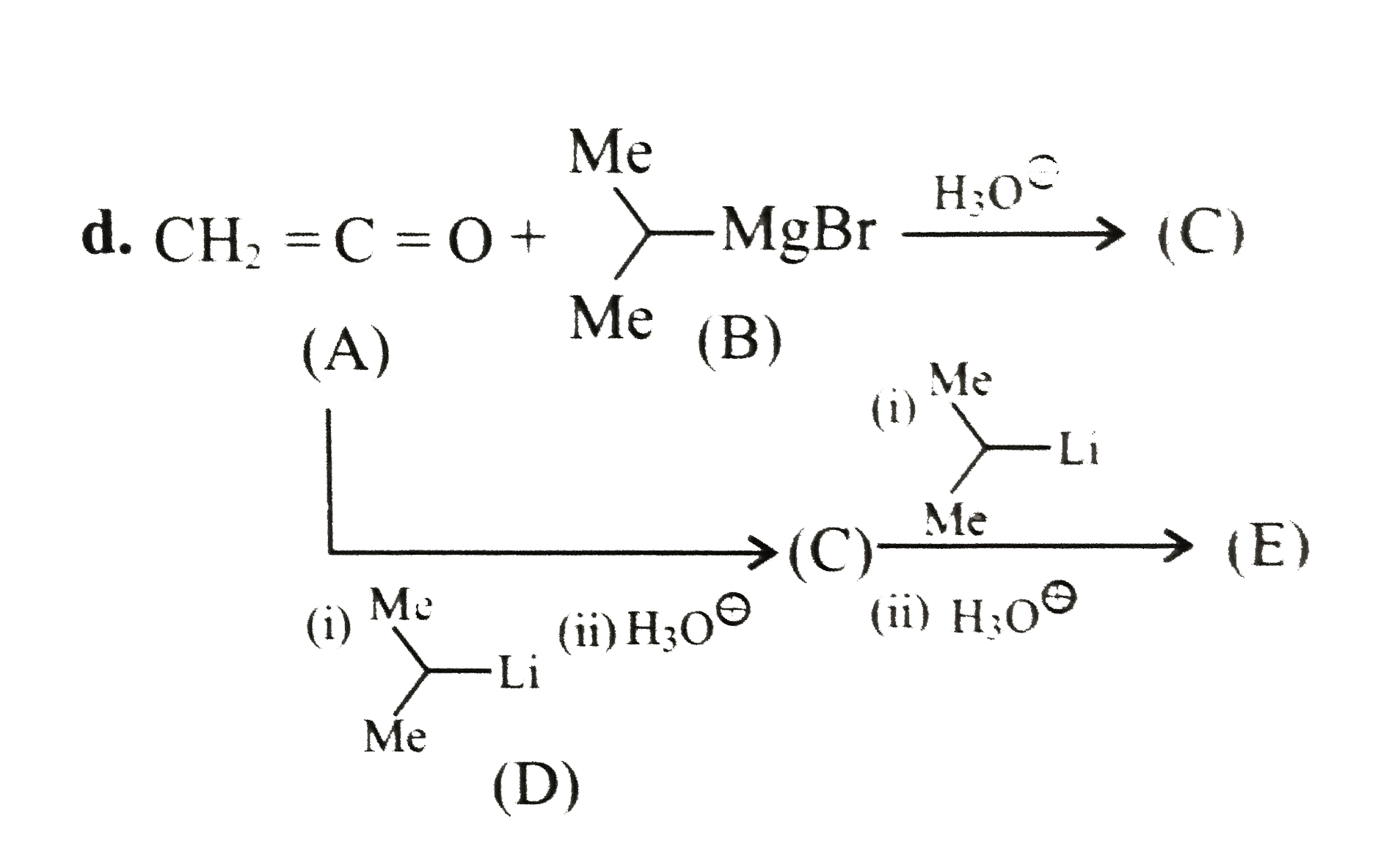
( c)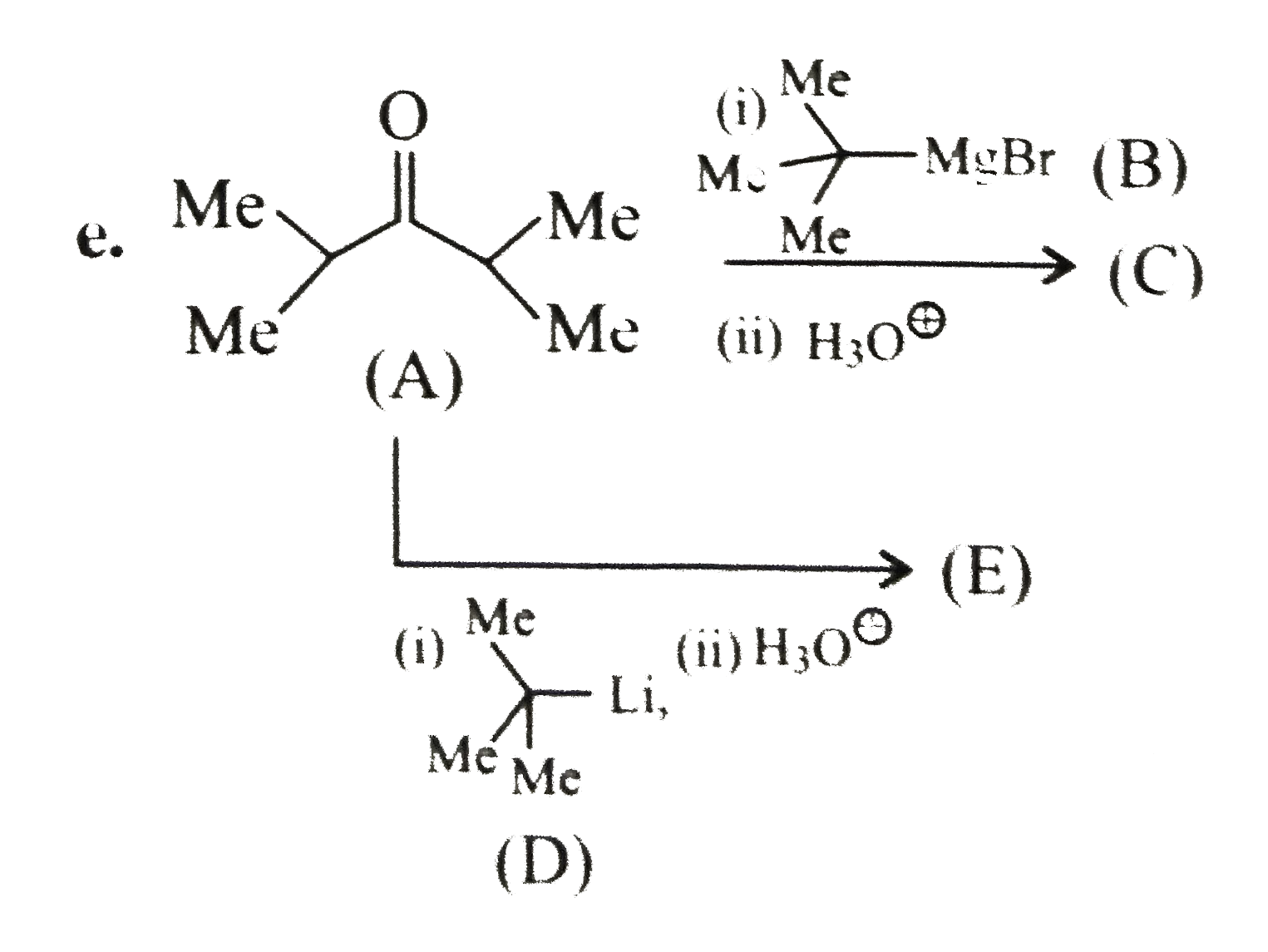
(d)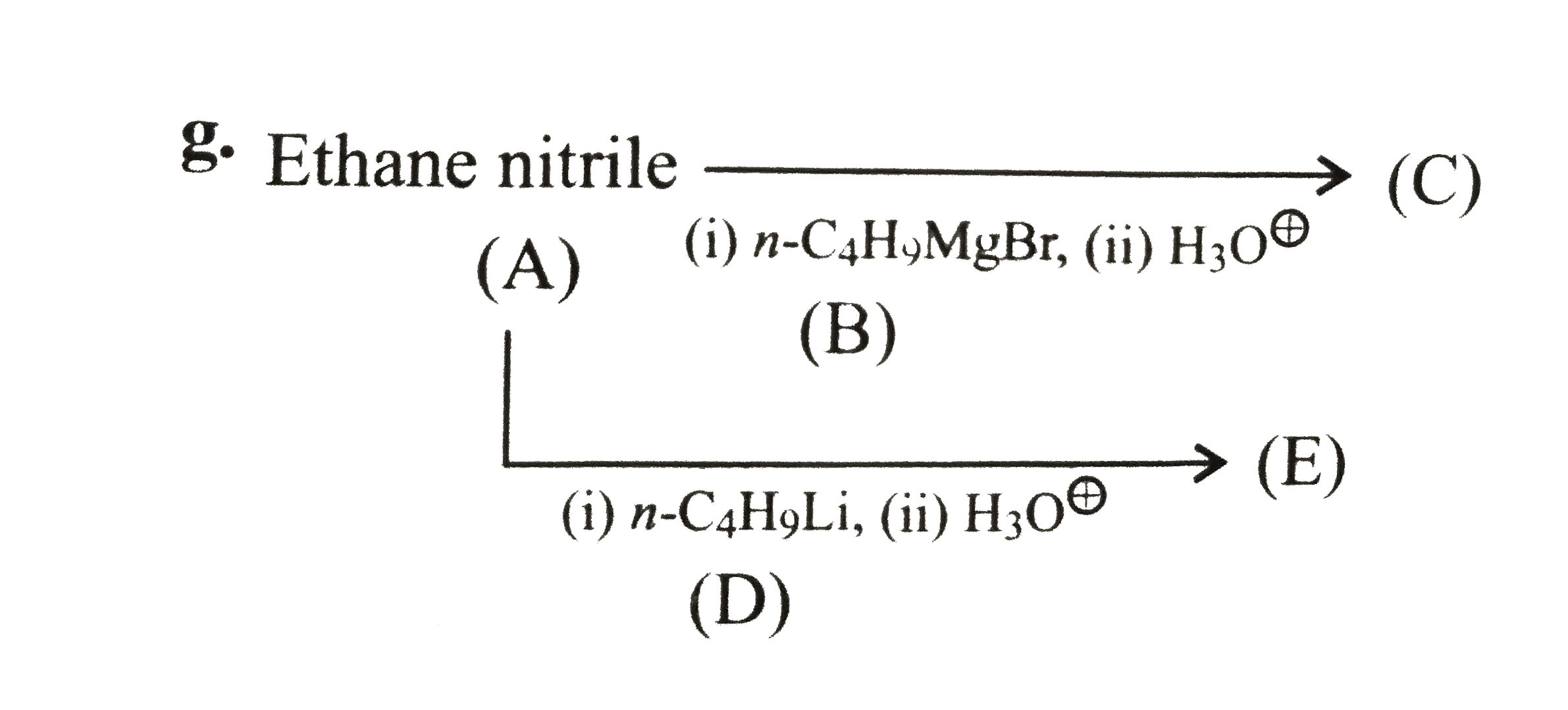
View SolutionComplete the missing reactants :
(a)
(b)
( c)
(d) .
.
View SolutionComplete the following reactions:
a.
b.
c.
d.
View SolutionComplete the following reactions:
a.
b.
c.
d.
View SolutionComplete the following reactions:
a.
b.
c.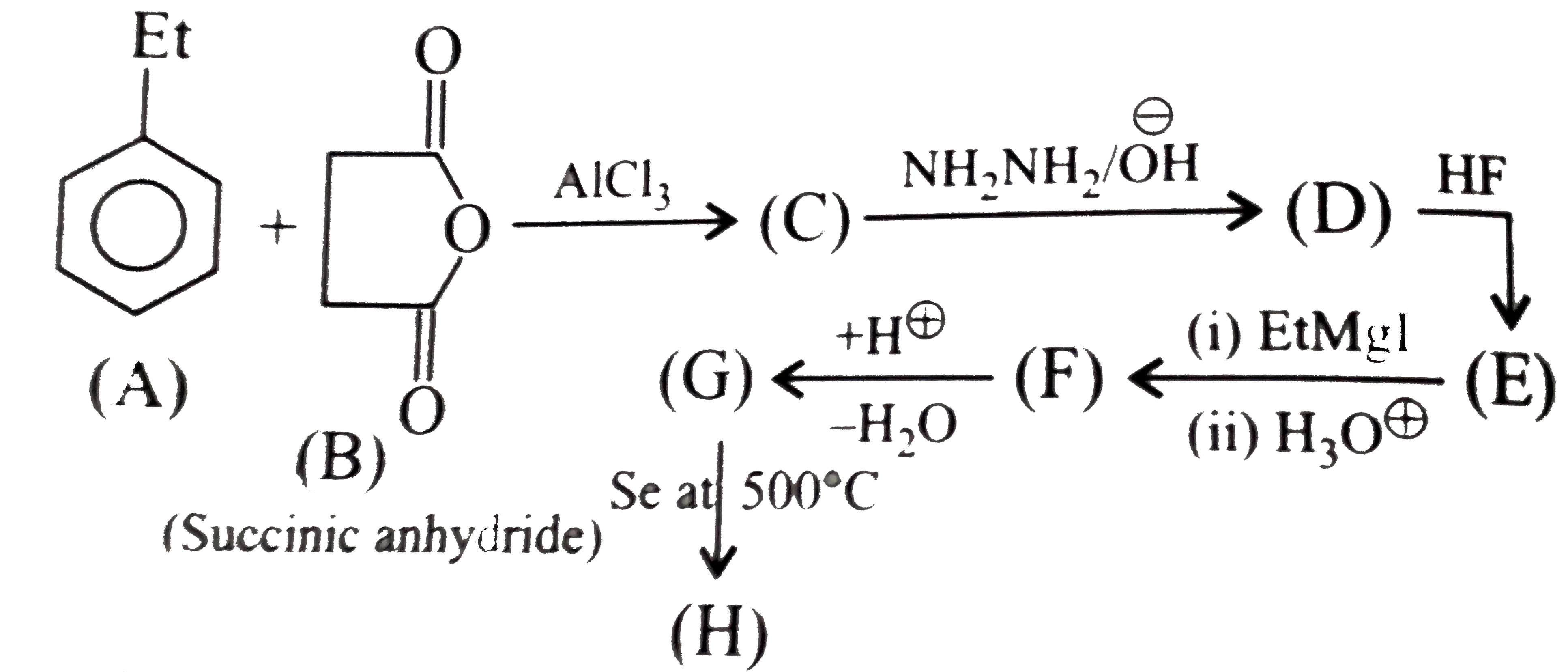
d.
e.
View SolutionComplete the following the following missing reagents :
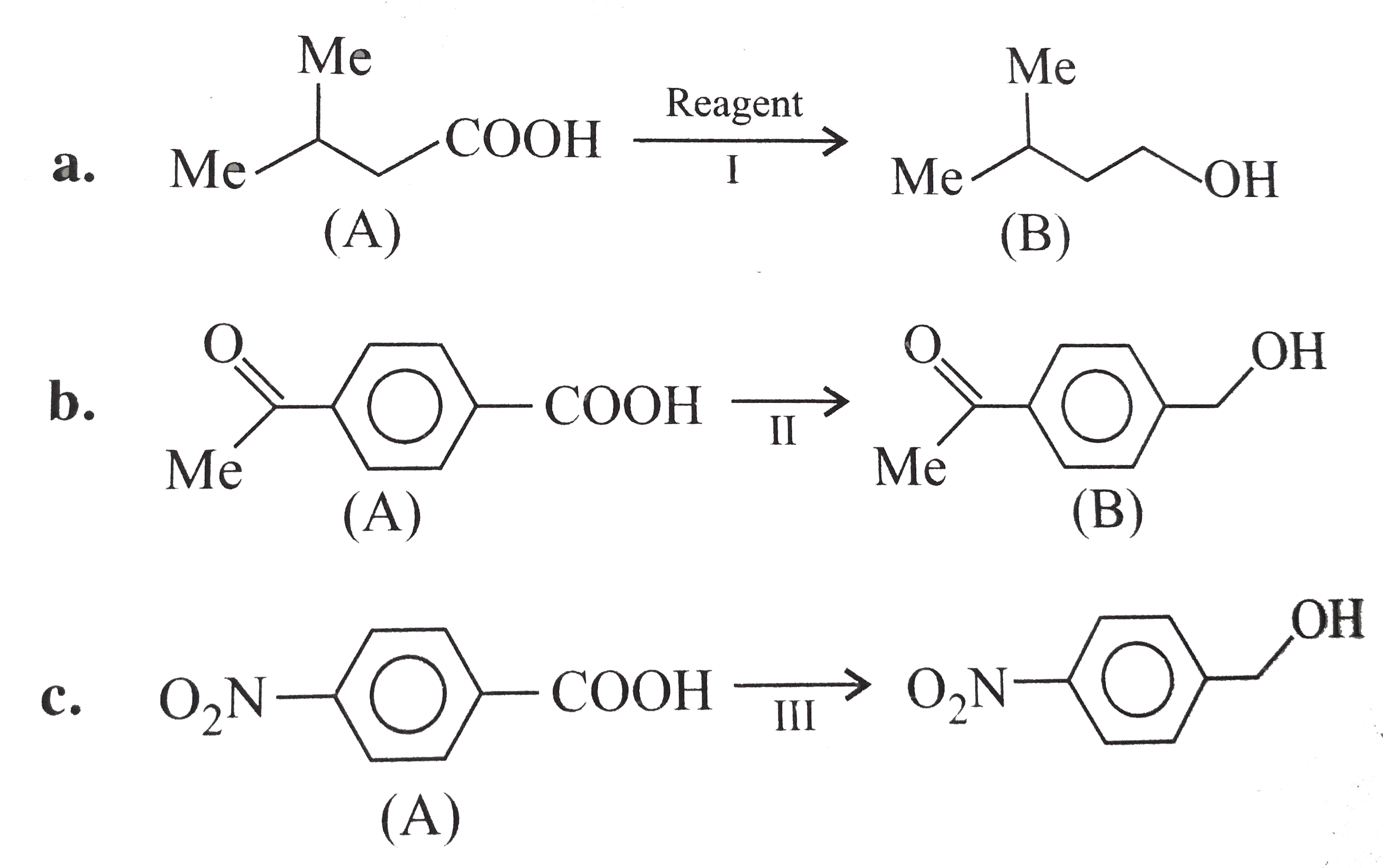
(b)
( c)
(d)
( e) .
.
View SolutionCompete the following reactions:
a.
b.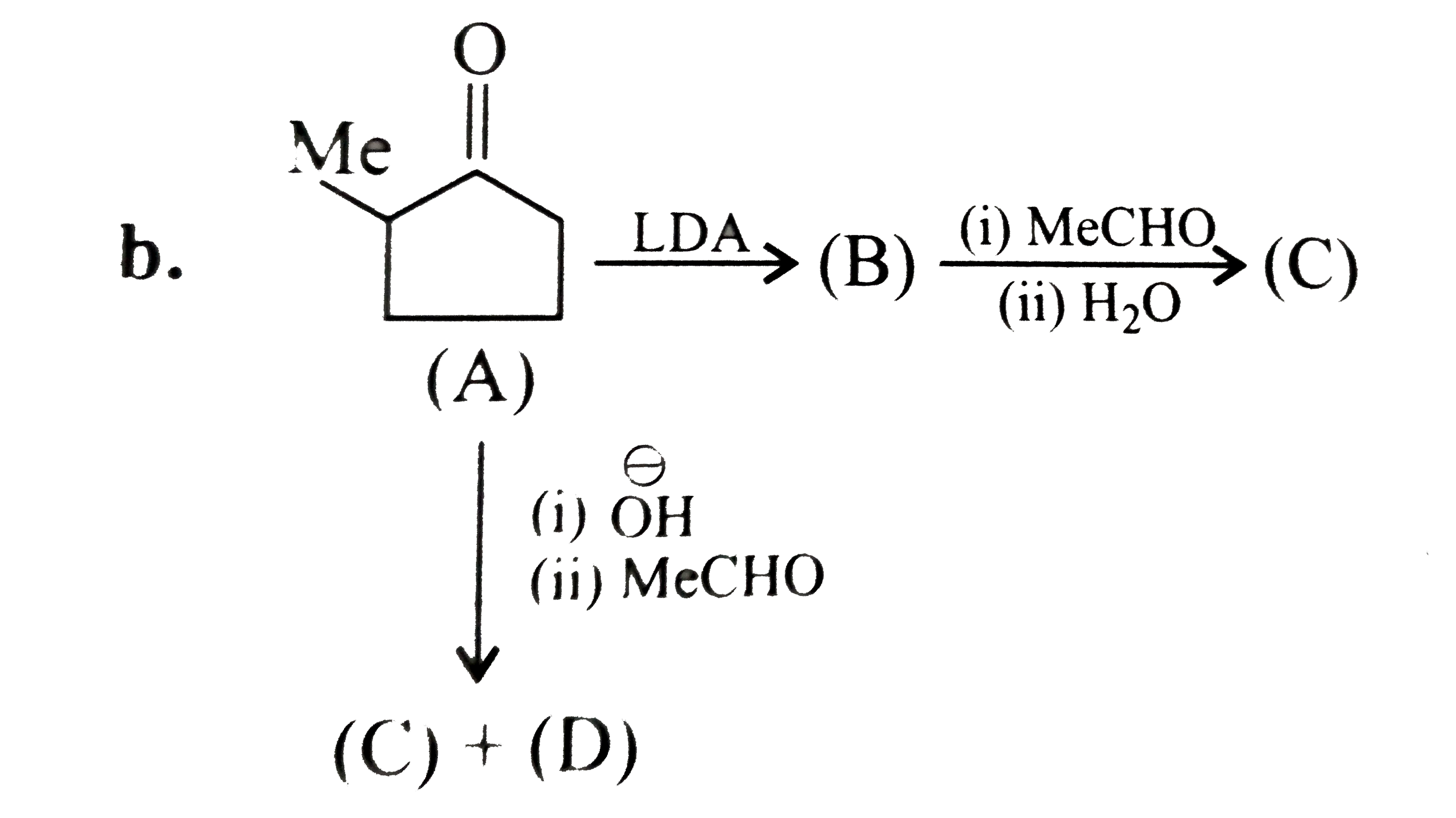
c.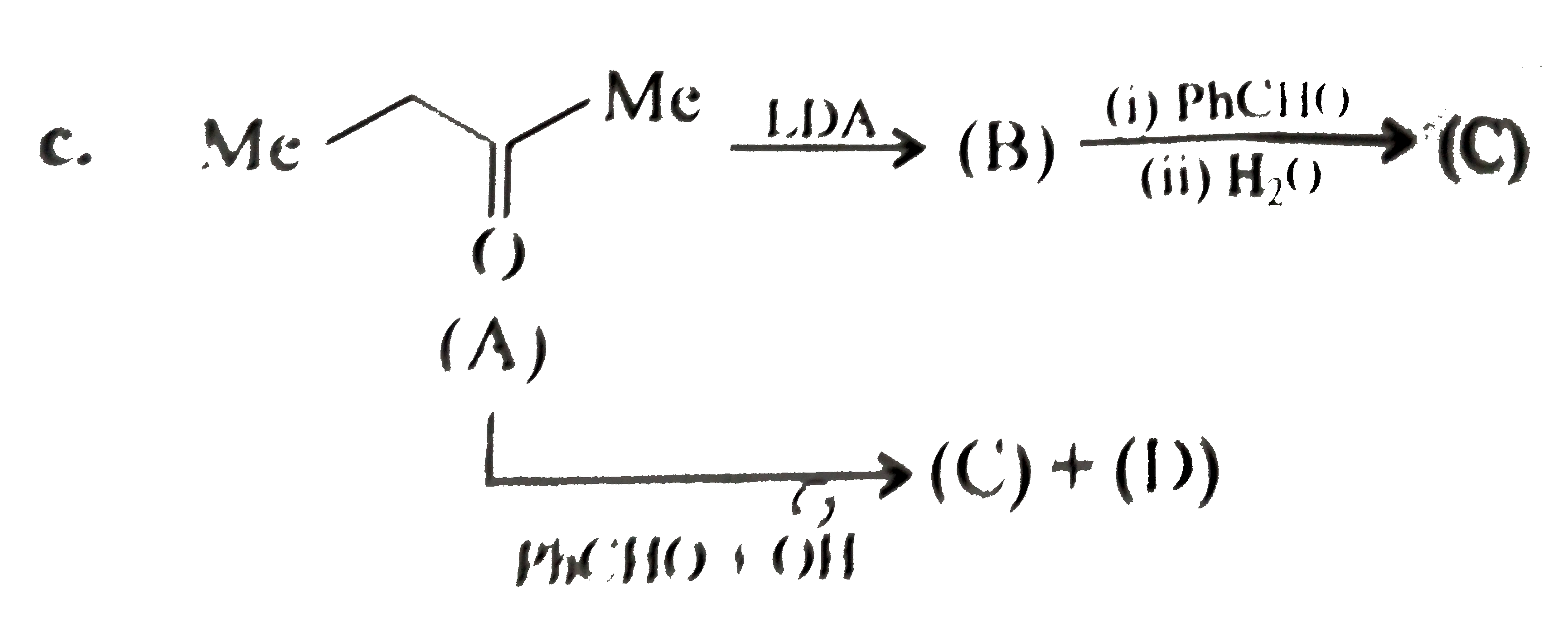
d.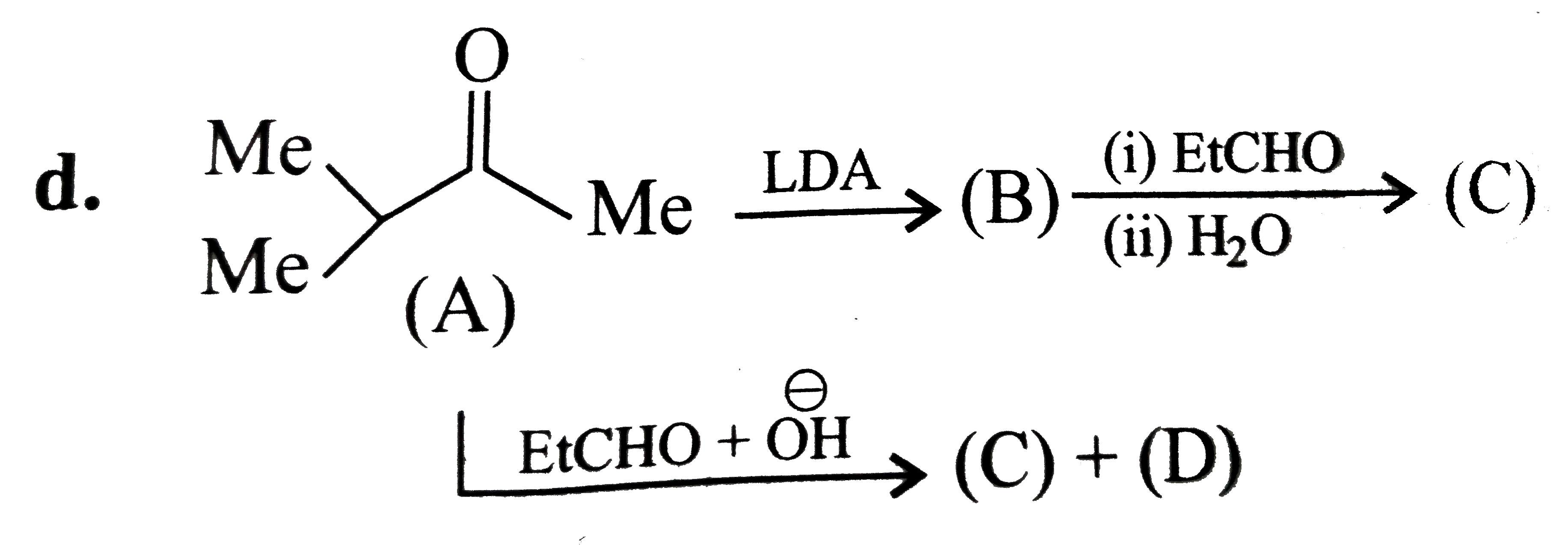
e.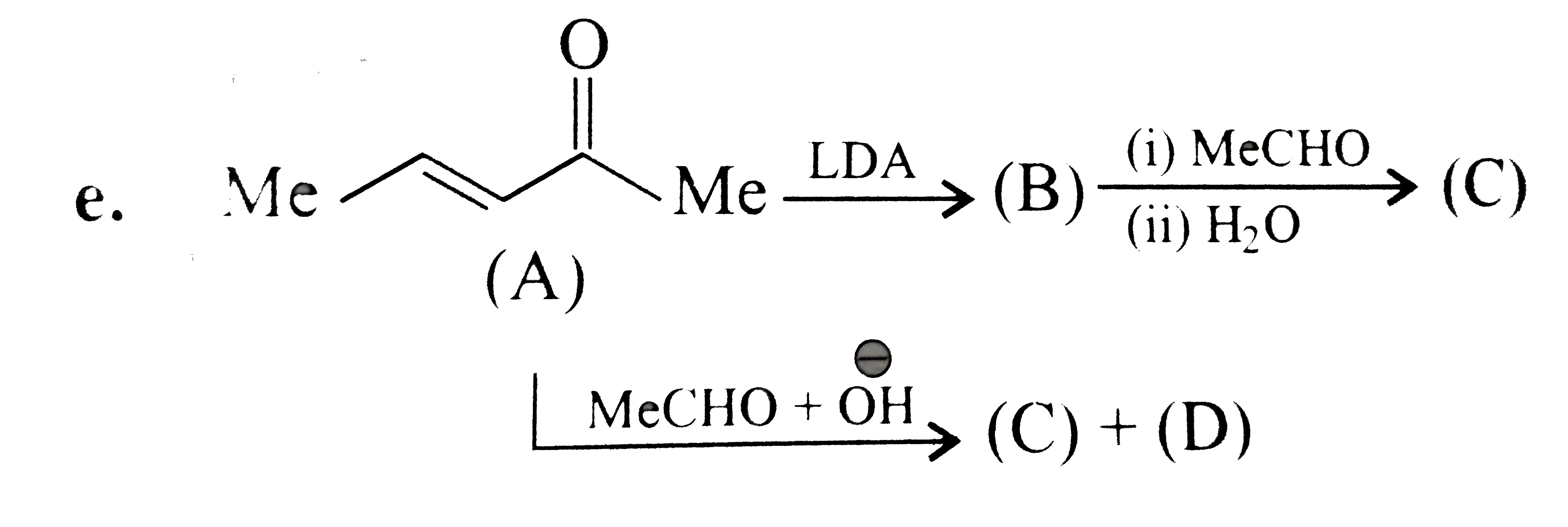
View SolutionComplete the following reactions :
a.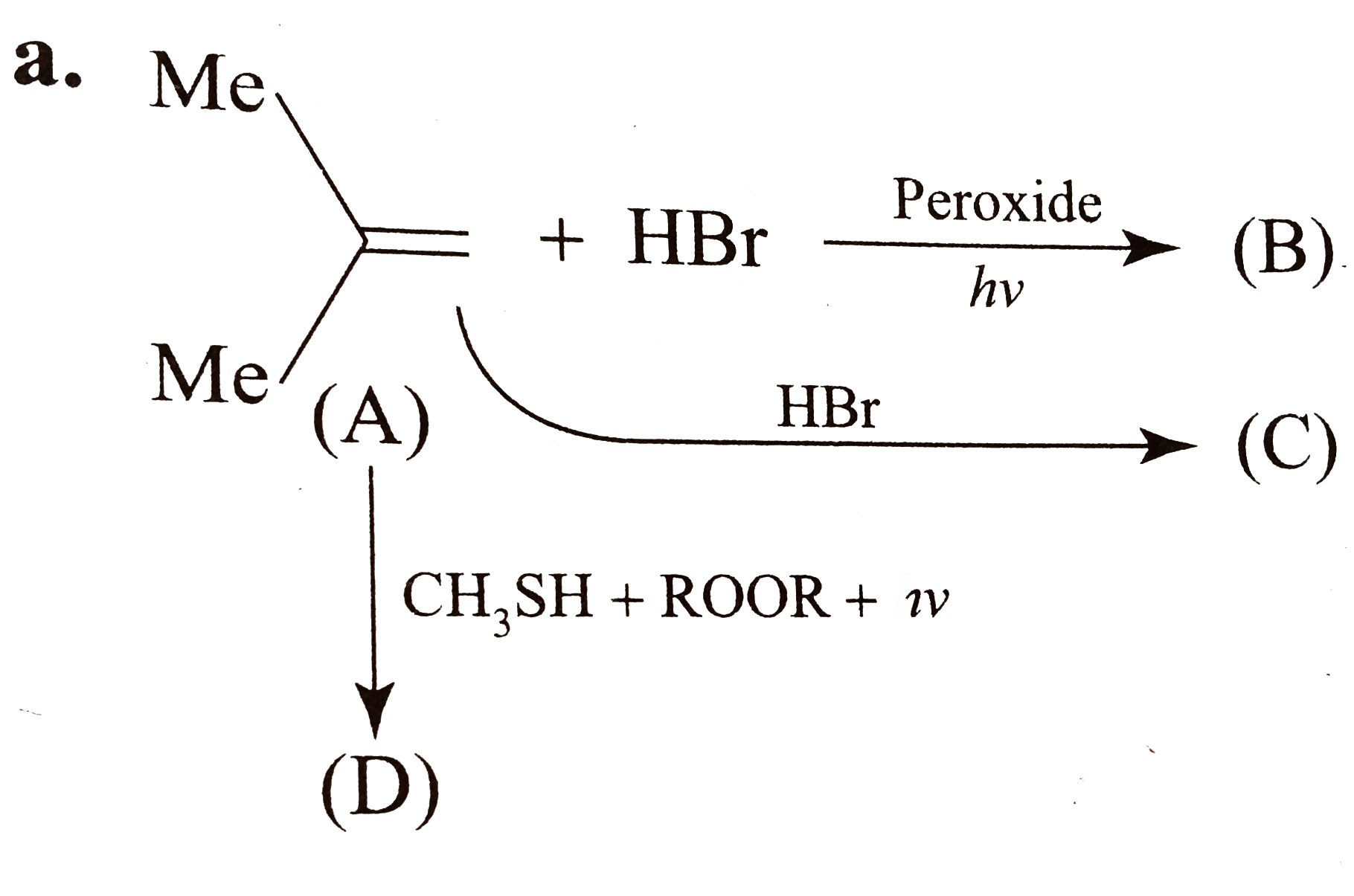
b.
c.
d.
e.
View SolutionComplete the following reactions :
a.
b.
c.
d.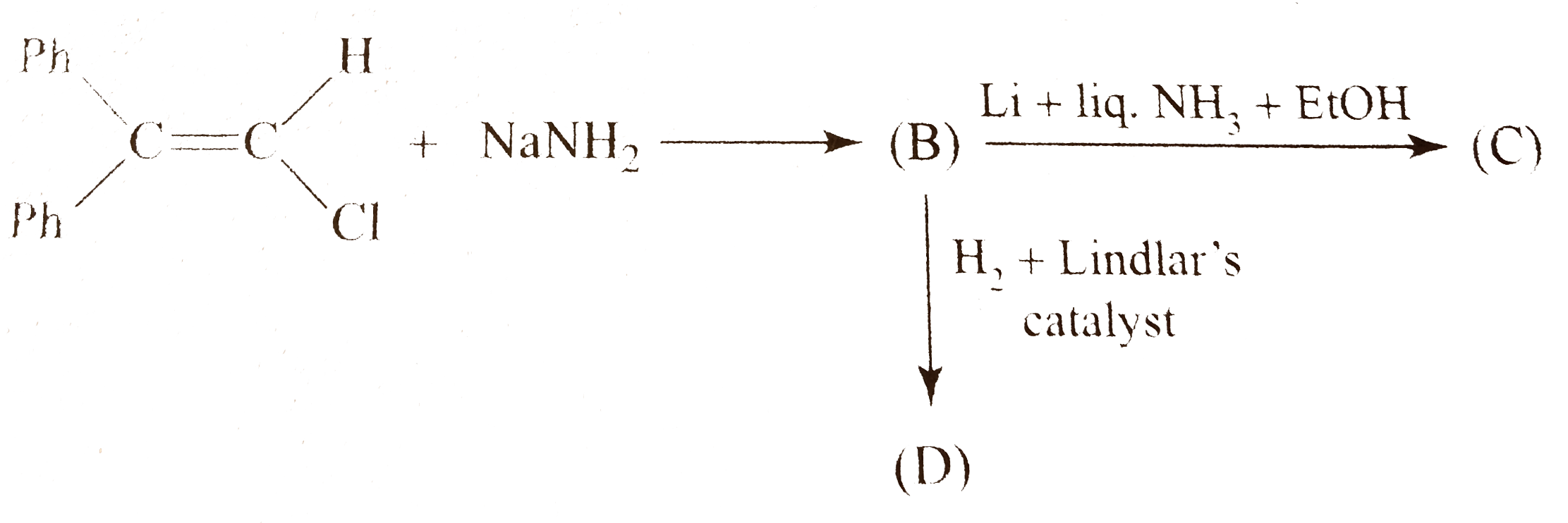
e.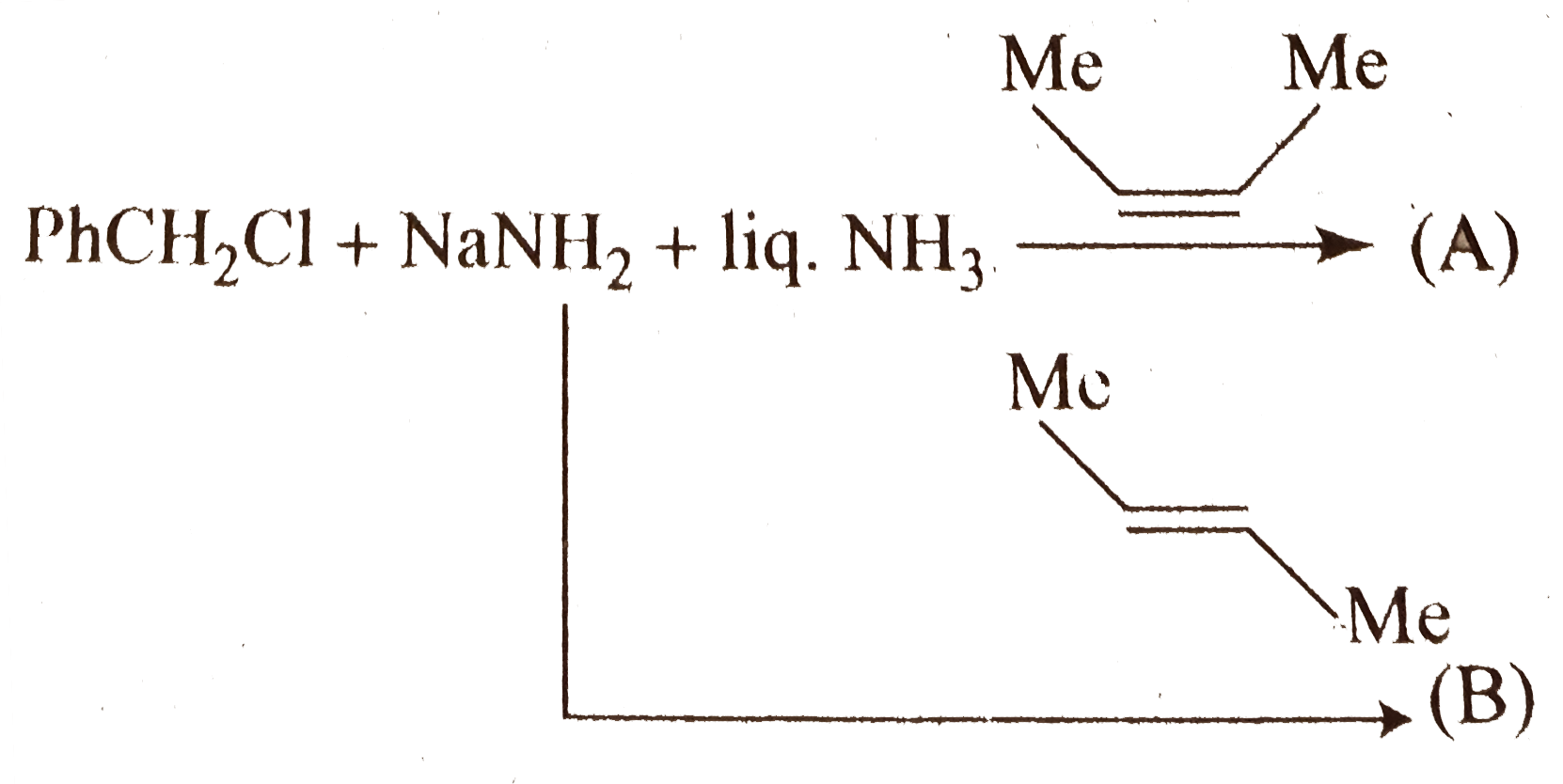
View Solution